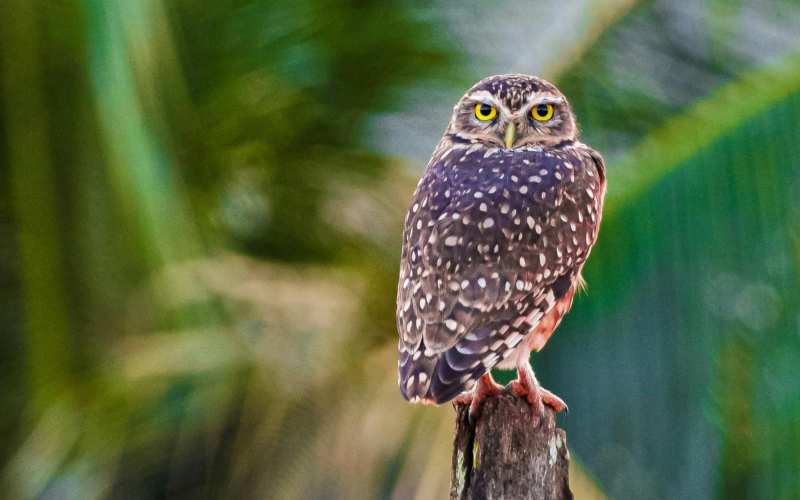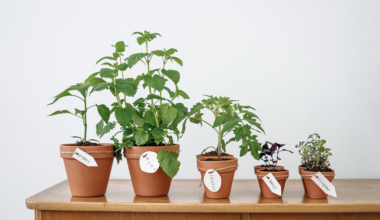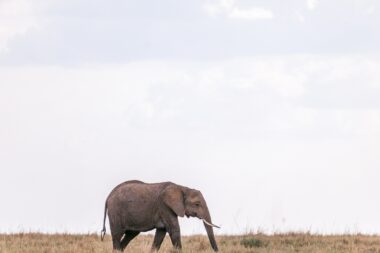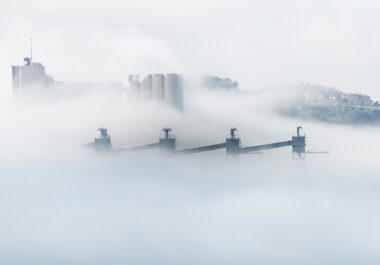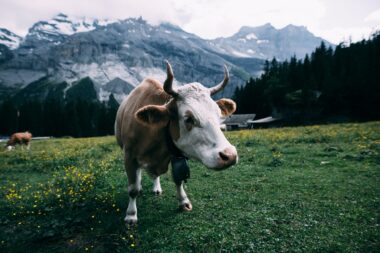Our planet’s biodiversity is the ultimate support system, keeping our ecosystems healthy and our carbon emissions in check. But with nearly one million species on the brink of extinction, our planet faces an unprecedented crisis. Shockingly, over 40% of amphibian species, nearly a third of reef-forming corals, and more than a third of all marine mammals face imminent threat. In Canada alone, over 600 plant and animal species are at risk. The culprit? Yep, humans. We’re ushering in what scientists identify as the sixth mass extinction event – the first caused by human activity. Yet, amidst this bleak landscape, hope persists. Canada’s been putting in work to bring species back from the brink, proving that with a little teamwork and a lot of dedication, restoration and recovery is possible.
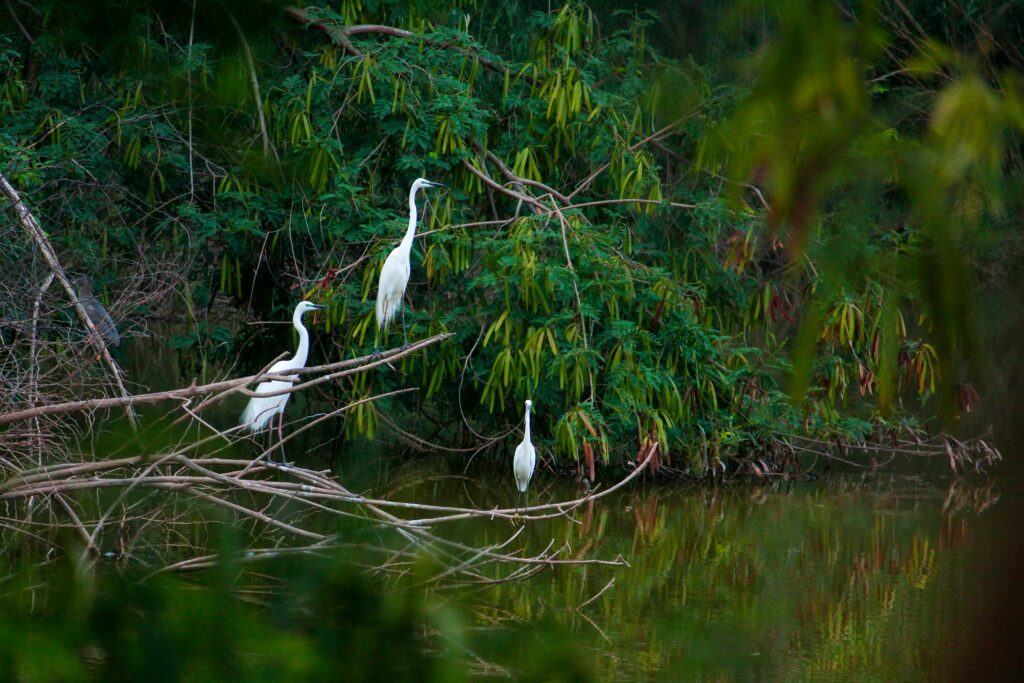
1. Whooping Crane
Native to: Northwest Territories, Alberta, Saskatchewan and Manitoba
The Whooping Crane, towering at approximately 1.5 meters, holds the title of North America’s largest bird. Back in the 1940s, things looked dire for these majestic creatures, with their population dwindling to just 21. But fast forward to today, and we’re looking at a much happier tale, with their numbers soaring into the 800s.
Calgary Zoo has been working to save the endangered whooping crane since the mid 1990s. As Canada’s sole facility breeding Whooping Cranes for release into their natural habitat, they employ cutting-edge incubation research to bolster egg production. Through initiatives like artificial insemination and other innovative breeding practices, the program aims to rejuvenate the dwindling Whooping Crane population and secure their place in the wild once again.
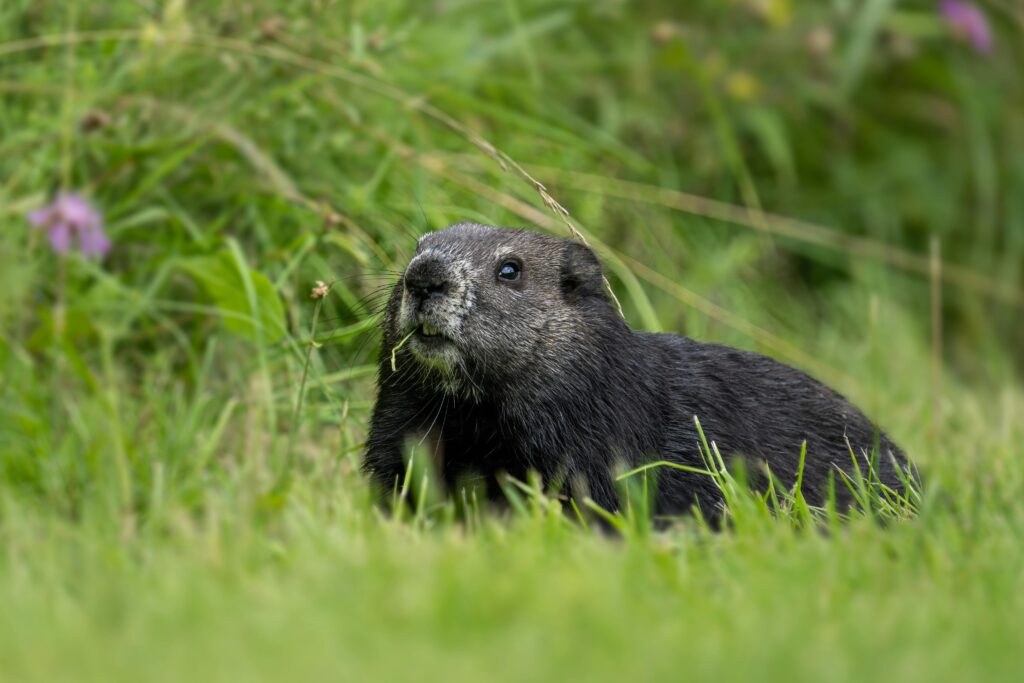
2. Vancouver Island Marmot
Native to: Vancouver Island, British Columbia
Meet the Vancouver Island Marmot: Canada’s one-of-a-kind critter found exclusively on, you guessed it, Vancouver Island. Arriving on the island about 100,000 years ago, and historically significant to many First Nations, they’ve faced near-extinction in recent years. Their numbers dwindled to a mere 70 by 1998, followed by a stark drop to just 30 in 2008, marking them as Canada’s most endangered mammal and a global rarity.
In response, the Vancouver Island Marmot Recovery Team initiated a bold strategy, launching a captive breeding and reintroduction program with partnerships including the Toronto Zoo and the Calgary Zoo. Through concerted efforts in habitat identification, restoration, and collaboration with logging companies, the marmot population has seen a notable resurgence, with over 200 individuals now thriving across the island. With 17 new pups welcomed in 2020 and 131 released into the wild over the past five years, the mission remains clear: to establish resilient metapopulations of 400-600 marmots, safeguarding their existence for generations to come.
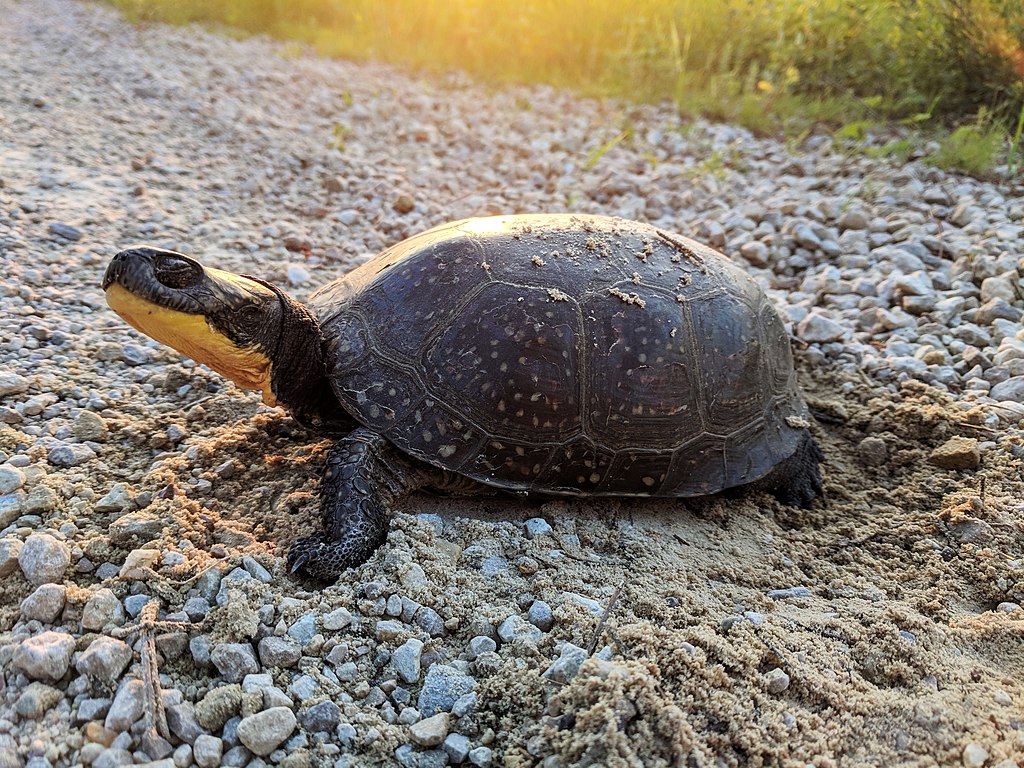
3. Blanding’s Turtle
Native to: Ontario, Quebec, Nova Scotia
Let’s talk turtles, specifically the Blanding’s turtle. With its sleek black shell and signature yellow chin, it’s a real standout. But these semi-aquatic turtles are facing a tough time, especially in Ontario where seven out of eight native species are in trouble. Habitat loss, road accidents, and predators like raccoons are all part of the problem.
The Great Lakes/St. Lawrence population of the Blanding’s Turtle, estimated between 25,000 to 45,000 adults, is in a critical state. To give these turtles a fighting chance, conservation teams in Ontario and Quebec are on the species recovery case with everything from educational outreach programs to nest protection and rehabilitation projects.
Institutions like the Toronto Zoo play a vital role by raising and reintroducing juvenile Blanding’s turtles into wetlands, collaborating with conservation authorities to enhance habitats within urban parks like the Rouge National Urban Park in Toronto, Ontario. It’s all hands on deck to save these little guys and keep them thriving for generations to come.
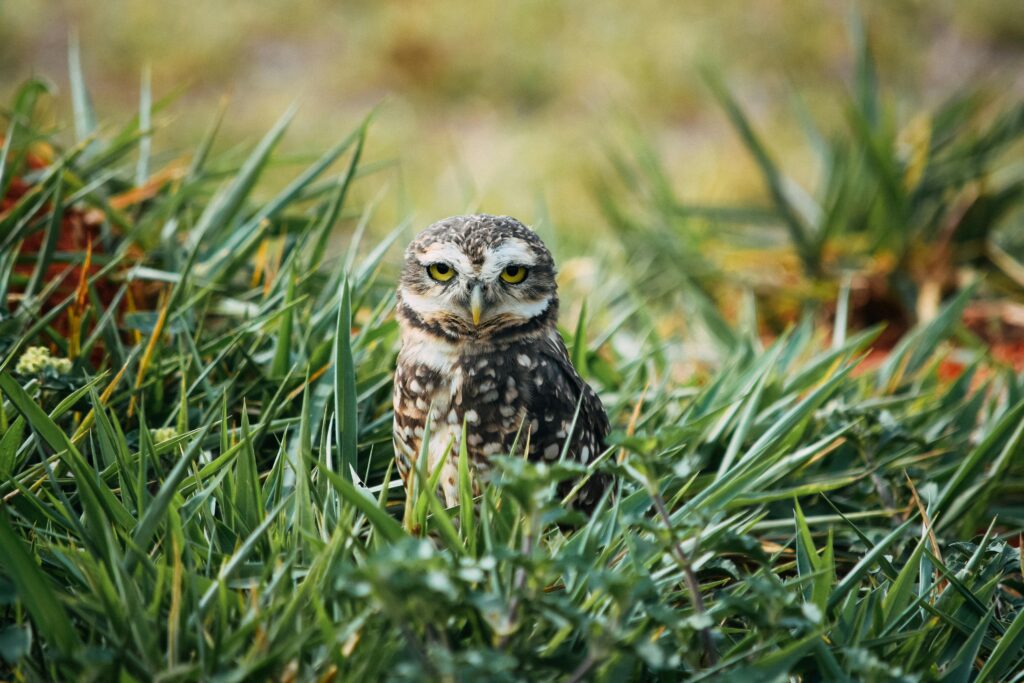
4. Burrowing Owl
Native to: Central and Southwestern Canada
The Burrowing owl, one of Canada’s smallest owl species, is a grassland dweller found mainly in the prairies of Canada. Despite its size, this little guy packs a punch with its ability to mimic the hiss of a rattlesnake. But it’s not all fun and games for this owl. In fact, it’s one of the most endangered birds in western Canada, with less than 1,000 pairs left in the country.
Why the decline? Blame it on habitat loss which has taken a toll on their nesting sites and food sources. Pesticide use isn’t helping either, with chemicals like “carbaryl” and “carbofuran” impacting their ability to reproduce and raise chicks.
But conservation efforts, including federal protection and programs like “Operation Burrowing Owl” and “Operation Grassland Community,” are working to turn the tide. The Calgary Zoo are also stepping up, rehabilitating and releasing owls back into the wild. In 2023, the Wilder Institute/Calgary Zoo released their 100th burrowing owl providing hope for the species’ survival and recovery.
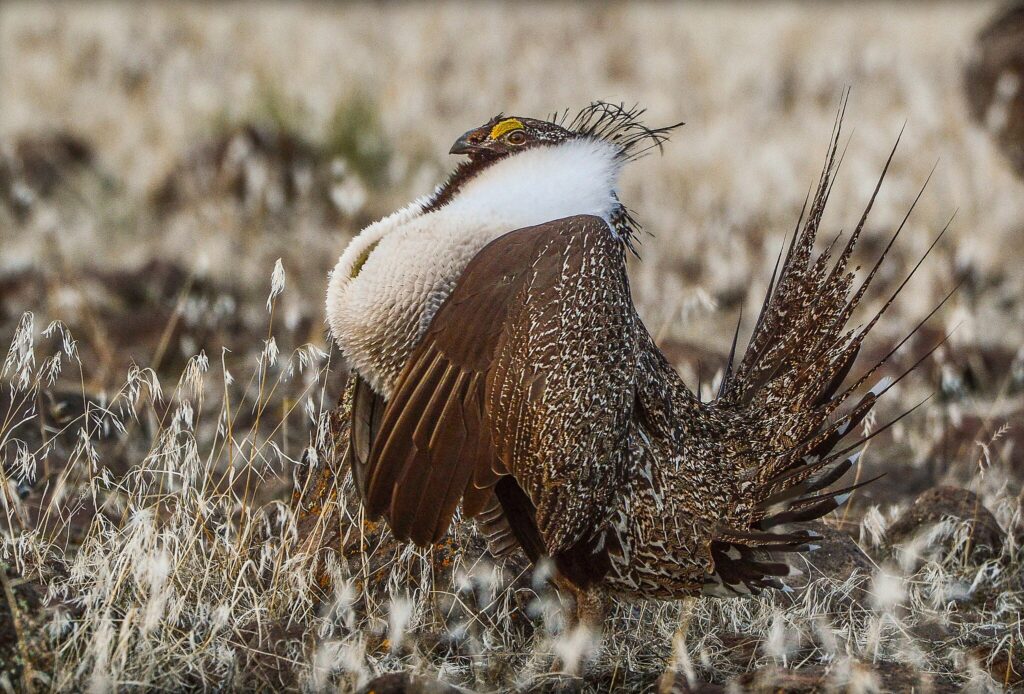
5. Greater Sage-Grouse
The Greater Sage-Grouse, North America’s largest grouse species, relies on sagebrush for its name, food, and shelter. But in Canada, habitat loss, industrial activity, and human disturbances are disrupting their breeding behaviours, causing declines in numbers.
In Alberta their numbers dropped by 98% between 1968 and 2012 and by 98% in Saskatchewan between 1988 and 2012. By 2012, the greater sage-grouse population only had an estimated 93-138 individuals left.
But efforts to reverse the decline are underway in Alberta and Saskatchewan, with both provinces participating in initiatives like the Western Association of Fish and Wildlife Agencies (WAFWA). The greater sage-grouse is a priority species under the Pan-Canadian Approach to Transforming Species at Risk Conservation in Canada and listed as endangered under the federal Species at Risk Act (SARA).
The Calgary Zoo’s ten-year initiative, funded by Alberta Environment and Parks and Environment and Climate Change Canada, also plays a crucial role. Using radio transmitters, they monitor sage-grouse movements and study breeding techniques. Collaborations with organizations like the Nature Conservancy of Canada and Parks Canada have led to the acquisition of conservation sites. Around one hundred chicks are now released into the wild each year, contributing to the species’ recovery.
How To Help Endangered Species Recovery Efforts
1. Educate Yourself and Others
Stay informed about endangered species in Canada and the factors threatening their survival. Share your knowledge with friends, family, and communities to raise awareness and inspire action for conservation.
2. Create Wildlife-Friendly Spaces
Transform your backyard or community spaces into wildlife-friendly habitats by planting native plants, providing water sources, and installing bird feeders or bat boxes. These efforts can help support local biodiversity and provide crucial habitat for endangered species.
3. Reduce Light Pollution
Light pollution disrupts natural habitats and can disorient nocturnal animals like bats, birds, and turtles. Install motion sensor lights, use curtains or blinds at night, and advocate for light-friendly policies in your community to mitigate light pollution and protect vulnerable species.
4. Participate in Citizen Science
Join citizen science programs that allow you to contribute valuable data on wildlife populations and habitats. From bird counts to frog monitoring, your observations can inform conservation efforts and help researchers better understand the needs of endangered species.
5. Advocate for Policy Change
Advocate for stronger environmental regulations and policies that prioritize endangered species protection. Write to elected officials, support conservation legislation, and participate in public consultations to voice your concerns and push for meaningful action on conservation issues.
The stories presented in this article are based on factual accounts of species recovery efforts in Canada. While efforts have been made to accurately portray these initiatives, readers should note that specific details may vary, and outcomes are subject to ongoing monitoring and evaluation. Additionally, the inclusion of these stories does not imply endorsement or guarantee of future success in conservation endeavors. Readers are encouraged to conduct further research and consult reputable sources for comprehensive understanding of species recovery efforts and their complexities.
Sustayn aims to provide helpful suggestions for eco-friendly practices and products. While we strive to keep links updated, please be aware that they may change over time.
